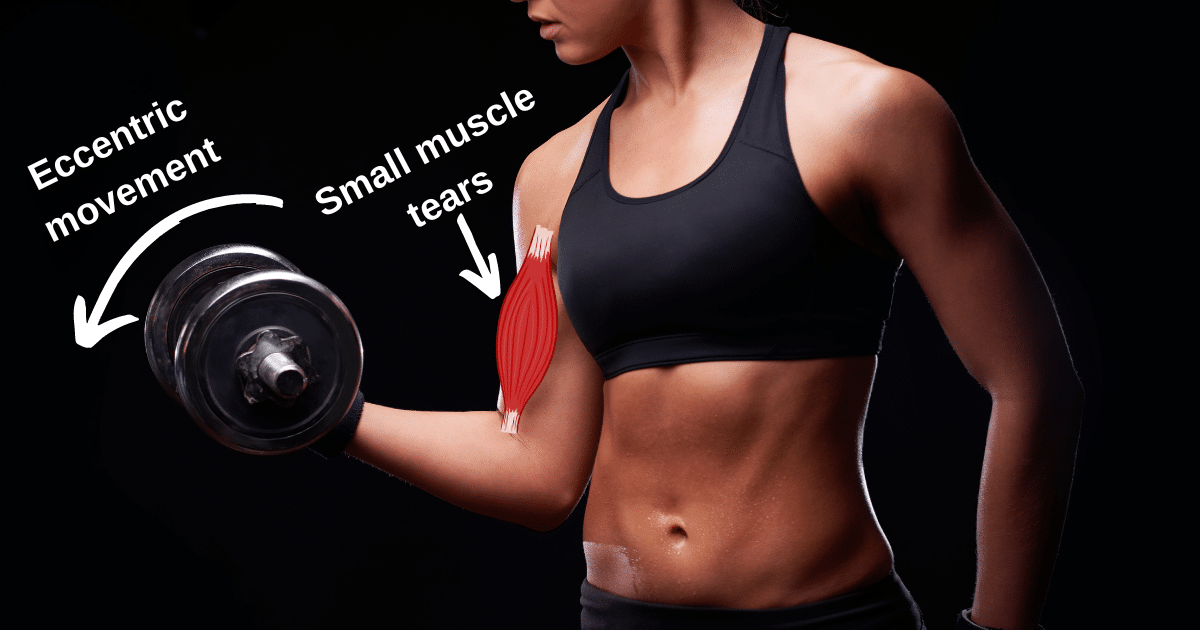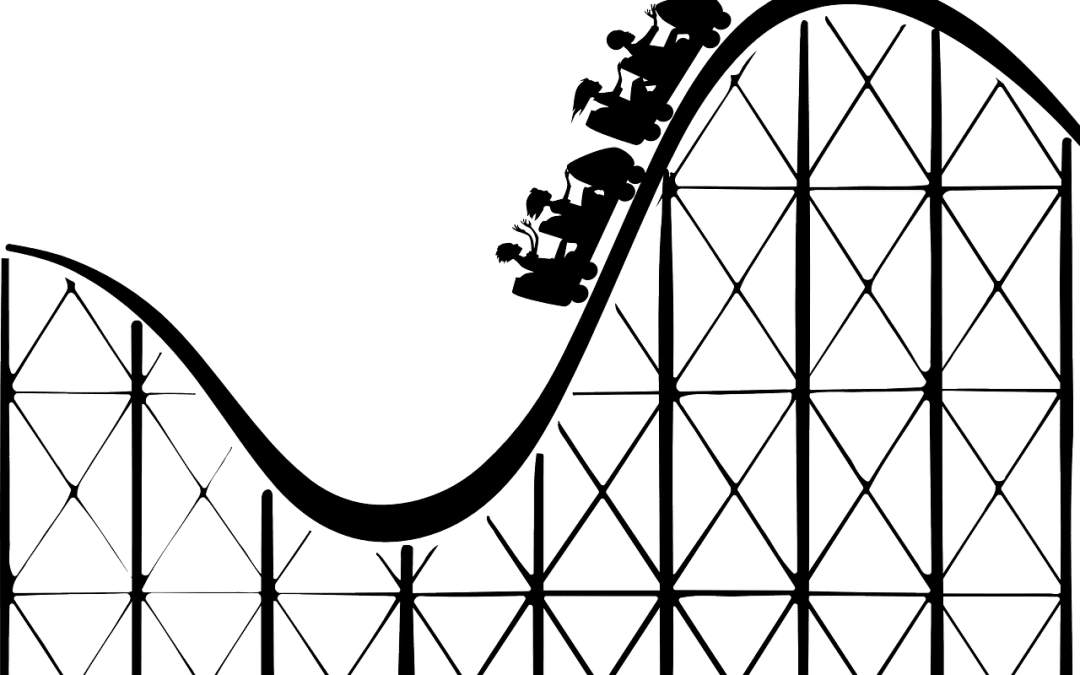Understanding Delayed Onset Muscle Soreness
In this article, readers will learn about delayed onset muscle soreness (DOMS) and its mechanisms, how to differentiate it from acute muscle soreness, preventive measures to manage discomfort, and when to seek medical attention for potential injuries or conditions.
Understanding Delayed Onset Muscle Soreness (DOMS)
In This Article:
Why Do You Feel Delayed Onset Muscle Soreness (DOMS)?
The type of soreness that you feel after a strenuous workout is referred to, by professionals, as delayed onset muscle soreness (DOMS). It is defined as a type of damage to the muscle caused by eccentric or unfamiliar movements. Be careful not to confuse delayed-onset muscle soreness with acute muscle soreness. DOMS usually occurs 24 – 72 hours post-exercise and can last several days. Acute muscle soreness is a type of soreness that occurs immediately after or during exercise. This would be the burn that you feel from lactic acid while doing an exercise. Both types of soreness are considered normal as long as you’re not overdoing it.
The Mechanisms Behind Delayed Onset Muscle Soreness (DOMS)
Eccentric movements are muscle contractions where the muscle lengthens while generating force. An example of this is the downward motion of a bicep curl, where you control the weight as it falls. This causes small tears in the muscle fiber, resulting in apoptosis (cell death), local inflammatory response, and protein degradation. Protein degradation is a natural function that gets rid of damaged or dysfunctional proteins triggering muscle remodeling and allowing new proteins to be synthesized and incorporated into the muscle structure during the repair process. The damage to the muscle cells causes an inflammatory response, attracting immune cells to the muscle, causing swelling and stiffness.

Is DOMS Required For Strength And Muscle Growth?
While delayed onset muscle soreness is commonly associated with intense exercise or new and unfamiliar activities, its presence or absence does not necessarily indicate the effectiveness of an exercise. It’s important to note that strength improvements and muscle growth can also occur without causing significant DOMS. The absence of DOMS does not mean the muscles are not adapting or growing. DOMS can vary among individuals, and some people may experience DOMS more consistently than others. It’s essential to listen to YOUR body.
Relying solely on DOMS as an indicator of exercise success may not be accurate or reliable. Instead, you can monitor other factors such as strength gains, endurance gains, and overall performance improvements to provide a better assessment of exercise success.
Preventive Measures for Delayed Onset Muscle Soreness (DOMS)
DOMS is neither good nor bad, but it can cause discomfort. Before a workout, there are no sure-fire ways to prevent DOMS from occurring except easing into any new or unfamiliar exercise. Gradually increasing intensity instead of making large jumps can minimize unwanted DOMS. After strenuous exercise, you have a few more options.
1. Massage
This can be done by putting pressure on the muscles using a device such as a foam roller or massage ball. This can increase blood flow, soften and desensitize the muscle, leading to reduced discomfort.
2. Cold water immersion
There is evidence that shows that 5-11 minutes in 51.8°–59°F water can slightly improve muscle recovery.
3. Heat therapy
Applying heat wraps to the affected muscles has been shown to reduce muscle soreness and stiffness while promoting muscle relaxation.
When to Seek Medical Attention
Delayed onset muscle soreness is generally considered a mild form of muscle damage. In most cases, DOMS is a normal and expected response to intense or new exercises. However, there may be instances when muscle soreness could indicate a more serious condition. If muscle soreness is severe, painful, or doesn’t go away, you could be looking at something more serious. If you notice swelling, bruising, or a decrease in strength, it may be worth talking to a medical professional.
What You Need to Know
It is always a good idea to give your muscles at least 48 hours of rest between workouts, but delayed onset muscle soreness is a completely normal response to intense or new exercises caused by eccentric or unfamiliar movements. However, if it seriously bothers you, it can be managed by gradually introducing new exercises, reducing exercise intensity and utilizing techniques like massages, cold water immersion, or heat therapy. DOMS is not necessary for strength improvements and muscle growth, so it may not be a good metric to measure your exercise success. Better metrics to monitor might be strength gains, endurance, and overall performance improvements. If severe or persistent soreness occurs, seeking medical attention is advised to rule out any potential injuries or conditions. Understanding DOMS allows you to stay in tune with your body and better manage your fitness goals.
References:
Advances in Delayed-Onset Muscle Soreness (DOMS): Part I: Pathogenesis and Diagnostics – https://pubmed.ncbi.nlm.nih.gov/30537791/
Advances in Delayed-Onset Muscle Soreness (DOMS) – Part II: Treatment and Prevention – https://pubmed.ncbi.nlm.nih.gov/30865998/
Charles Armstrong
Contributing Author
Charles Armstrong is a copywriter with a specialization in the fitness industry, and has a track record of success, having worked with Transfitnation over the course of several years. Additionally, he is an author and entrepreneur, using his skills to help others achieve their goals.
Start Your Transformation Today With A Free Evaluation Session
We Offer Online & Studio Personal Training Based In Smithtown, NY. New Client Special.
Related Articles:

5 Effective Ways To Burn Body Fat, Reduce Hunger & Lose Weight
Do you struggle to burn body fat and lose weight? By making small changes to your eating habits, you will see how easy it is to burn body fat, reduce hunger and...
2 Powerful Tools For Meal Planning: Meal Timing & Tracking
In this article, we aim to provide you with tips and tricks to help you “perfect” your diet/meal plan through meal timing and tracking.2 Powerful Tools For Meal...

How Staying Hydrated Can Help You Reach Your Fitness Goals
Hydration offers many well-known health benefits, such as regulating body temperature, lubricating joints, and protecting the spinal cord and sensitive tissues in...

9 Best Exercises Before Shoveling Snow
Use These 9 Essential Exercises Before Shoveling Snow To Reduce Back Pain & Prevent Injuries. Warm Up Your Body & Use The Right Lifting Techniques To Make Shoveling Snow Safe & Productive.

5 Full Body Exercises That Burn The Most Calories
Here Is A Workout With 5 Full-Body Exercises To Burn Body Fat, Build Muscle, And Burn The Most Calories!5 Full Body Exercises That Burn The Most Calories Dumbbell...

Stephan Reyes Named Person of the Year 2023
Stephan Reyes was honored as TBR News Media's Person of the Year for 2023. Stephan's commitment goes beyond early morning sessions. He strives for holistic...

Best Personal Trainers on Long Island 2024- Transfitnation
Transfitnation has been nominated for Best Personal Trainer on Long Island in the 2024 Best of LI awards. With past nominations in 2021 and 2022, we showcase our...

